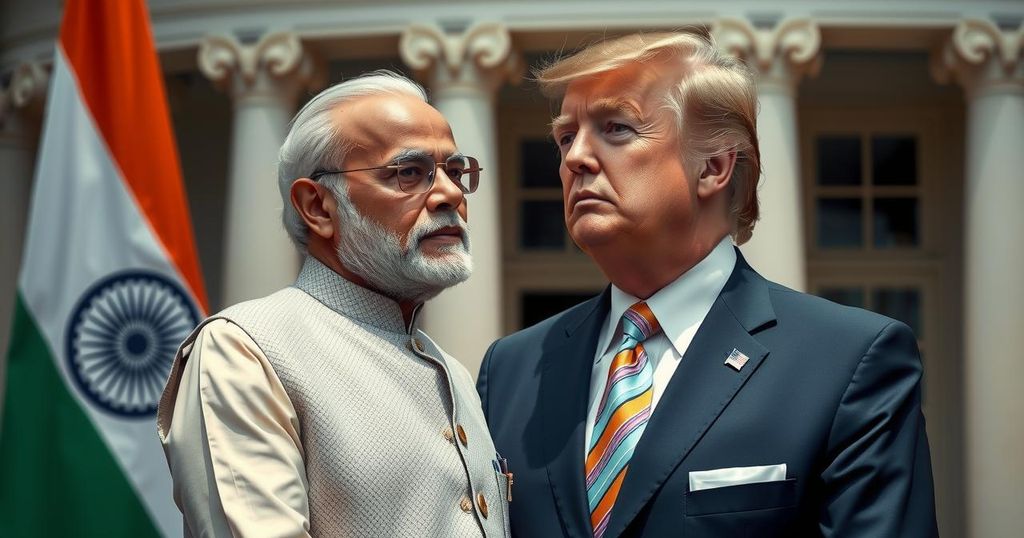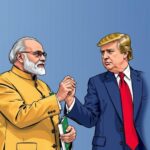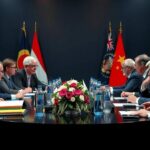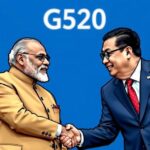Navigating U.S.-India Relations: Opportunities and Challenges Ahead for Modi and Trump
President-elect Donald Trump’s second term may mark a pivotal moment for India as it seeks to bolster its relationship with the U.S. Despite prior trade tensions, the strong personal bond between Trump and Prime Minister Modi could serve India well. With a unique position in BRICS, India can advocate for policies that appease both its own economic interests and the expectations set by Trump’s administration, particularly in the context of trade and geopolitical stability with China.
As Donald Trump prepares for his second term, India may find itself in a unique position to strengthen its relationship with the incoming administration. Trump’s protectionist stance, exemplified by threats of increased tariffs on nations like India, has not diminished the warm rapport he shares with Indian Prime Minister Narendra Modi. This connection could play a pivotal role in navigating the complexities of the U.S.-India trade relationship amidst broader geopolitical considerations with China and Russia.
Despite Trump labeling India a “very big abuser” of trade practices, the foundation laid by Modi and Trump during the former’s first term suggests a potential alignment of interests. Notably, Trump aims to counteract the aspirations of BRICS nations, including India, to develop alternatives to the U.S. dollar. By maintaining a pro-U.S. stance within BRICS, India can leverage its influence, advocating for caution among fellow member states regarding economic policies that might provoke U.S. retaliation.
In the face of potential tariffs threatening industries within India, the country continues to foster its manufacturing capabilities, especially as a strategic partner for American firms such as Apple. While a trade surplus exists in favor of India, this reality necessitates careful navigation to manage the expectations and demands of a transactional leader like Trump. Historical precedents, such as the waivers concerning the Chabahar Port in Iran, exemplify the need for India to adapt its strategies based on immediate negotiations instead of long-term policy frameworks.
Ultimately, as India braces for a new chapter under Trump’s leadership, characterized by both promise and unpredictability, the emphasis will be on maintaining its national interests while engaging with a U.S. administration that is often unpredictable in its dealings.
The dynamics of U.S.-India relations are currently influenced by the forthcoming inauguration of President-elect Donald Trump. His term is marked by a commitment to protectionist trade policies, which have implications for India’s role in the global economy. India, as a significant player within BRICS and a staunch ally of the U.S., finds itself balancing its interests amid the challenges posed by an evolving geopolitical landscape that involves other BRICS nations that lean towards anti-American sentiment.
In conclusion, India stands at a crossroads as it navigates its relationship with an incoming Trump administration. With potential trade challenges ahead, India’s historical rapport with Trump may provide a buffer, allowing for strategic maneuvering in favor of its national interests. The relationship’s outcome will depend on India’s ability to engage pragmatically within a transactional framework while leveraging its significance on the global stage as a steadfast ally of the United States.
Original Source: www.cnn.com








Post Comment